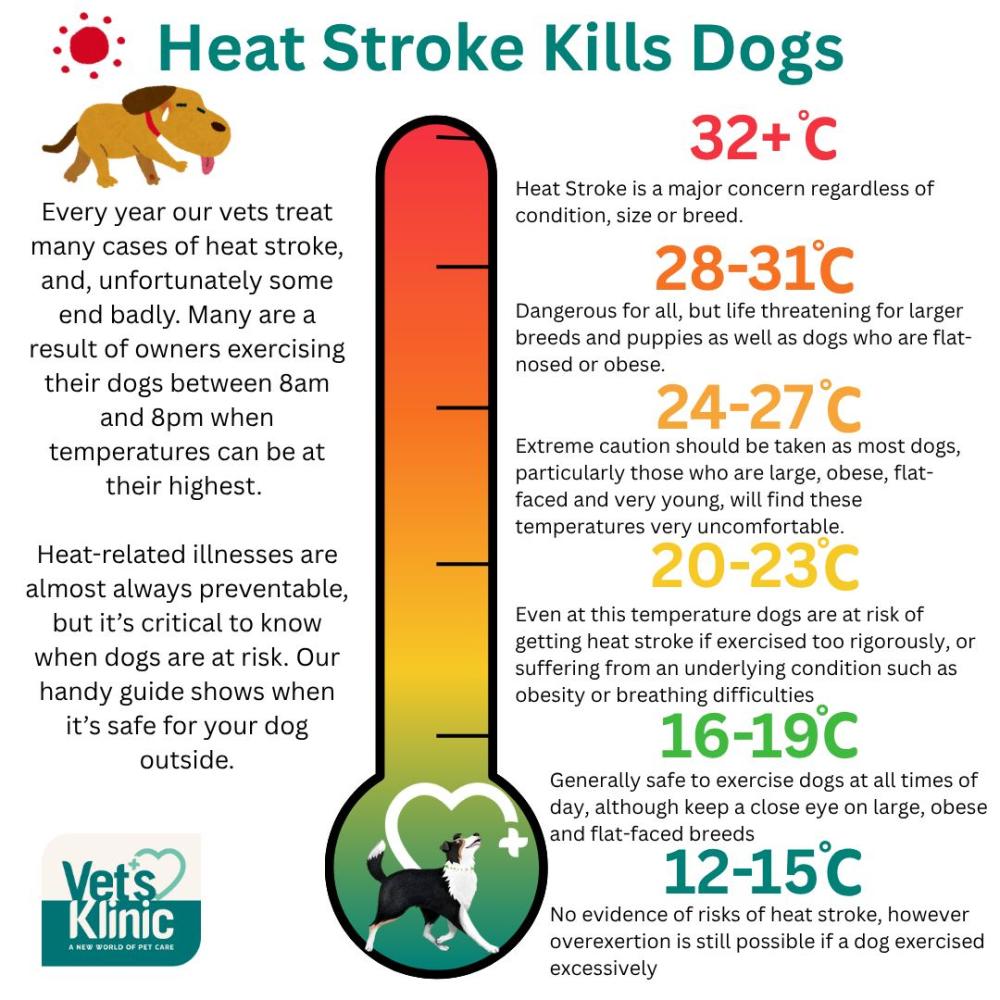The ongoing hot weather has prompted a Swindon vet to issue advice aimed at helping dog owners to prevent their pets from overheating.
"Even if temperatures appear quite pleasant to us, such us low 20 degrees – if a dog is playing with mates or caching a ball – they can become dangerously overheated."
- Heavy panting that progresses to distressed or noisy breathing as the heatstroke worsens
- Restlessness or agitation, pacing, seeking shade or water
- Drooling
- Red gums or tongue
- Increased heart rate
- Vomiting or diarrhoea
- The recommended immediate response is to 'cool first, transport second' when dealing with dogs affected by heatstroke, and it is also important to contact a veterinarian without delay
- Move your pet to a cooler location, preferably one with good airflow or use a fan to help reduce their temperature
- Allow them to drink small amounts of water—never force them to drink
- For young and otherwise healthy dogs, immersing them in cool water can be an effective cooling method
- The evaporation technique involves pouring water (any temperature lower than the dog’s body temperature (tap cold water is fine) over them while using a fan, breeze, or air conditioning to aid cooling.
- If the evaporation method isn’t an option, you can help lower your pet’s temperature by gently pouring or spraying them with cool water. Avoid using ice-cold water, as it can constrict blood vessels in the skin, making it harder for your pet to release heat. It may also cause shivering, which can raise their body temperature
- After beginning the cooling process, contact your veterinary clinic for further guidance









Your Comments
Be the first to comment on this article
Login or Register to post a comment on this article